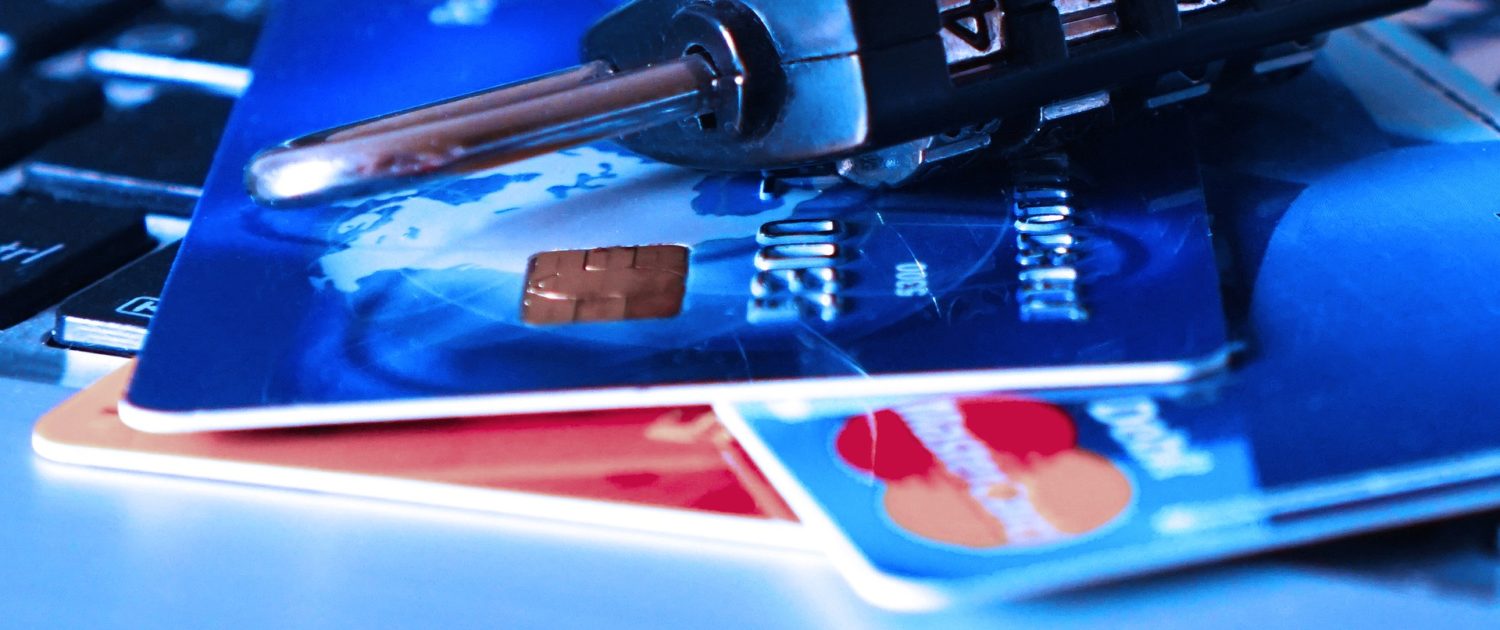
According to the Q1 2021 Quarterly Report on Household Debt and Credit from the New York Federal Reserve, aggregate household credit card debt in the United States has declined by $157 billion since the end of 2019. For the average consumer, that’s a decrease of nearly $900: $5,315 in credit card debt in 2020 compared with $6,194 in 2019. California consumers are carrying a slightly lower average balance, at $5,120. That’s true despite the fact that the total number of open credit card accounts increased by about 12 million in 2020.
But, that debt isn’t evenly distributed. And, the burden falls disproportionately on lower-income consumers. While the amount of credit card debt lower-earning Americans are carrying is lower, it is disproportionate in relation to their income. For example, consumers in the lowest income quintile–the bottom 20% of earners–have a median income of $16,290 and average credit card debt of $3,830. That means the average credit card balance in this group exceeds 23% of median income. It’s not hard to see how difficult it would be to pay off that balance and why so many lower-income and middle-income credit card users spend years making minimum payments and accumulating interest.
At the other end of the spectrum, those with incomes in the top 10% have a median income of $290,160. That means the average $12,600 in credit card debt they’re carrying is just over 4% of their annual income.
$70 Billion in Credit Card Debt is 90+ Days Delinquent
The quarterly report referenced above also reveals that about 10% of the more than $700 billion in outstanding credit card debt in the United States is 90 days or more past due. That’s the highest percentage of credit card debt that’s been seriously delinquent since 2013. At the same time, though, the percentages of accounts transitioning into delinquency and into serious delinquency have declined. In other words, credit card holders are hitting the 90-day delinquency mark at a lower rate than before, but the percentage of credit card debt that’s 90+ days past due is growing.
That may be partly explained by the fact that total outstanding credit card debt decreased by $49 billion in the first quarter of 2021. But, that doesn’t tell the whole story.
Delinquent Credit Card Debt is Expensive
One other reason seriously delinquent balances may be increasing is that past-due credit card debt grows.
Imagine, for example, that you’ve maxed out a credit card with a $1,000 limit, a 19% interest rate, and a $35 late fee. Each month, the accrued interest and the late fee is rolled into the balance. The next month, your interest is calculated based on the new balance. In other words, you pay interest on the interest and late fee.
By the time that account is 90 days delinquent, your balance has increased from $1,000 to $1,154.92 without any additional purchases. That’s assuming your agreement doesn’t include any additional fees. By month six, that balance will have climbed to $1,317.71–a 31.8% increase in the total amount due.
When balances and/or interest rates are higher, the impact is even more extreme. And, many credit card agreements include a high “penalty rate.” That means if you fall behind on your payments, your interest rate may increase.
So, let’s look at what happens to your balance if you owe $10,000 and you’re saddled with a penalty rate of 29.99% and the same $35 late fee. By the time the account is six months past due, that $10,000 balance will have increased by $1,819.81. Again, that’s assuming there are no other fees.
Regaining Control of Credit Card Debt Can Be Difficult
Many people struggling with credit card debt manage to pay just enough to keep the account open, making sure to cover the minimum payment or not to fall more than one or two payments behind. Often, it’s a fruitless effort and months or years of payments end in account closure, collections, and even lawsuits. The examples above explain why attempting to catch up on past-due credit card accounts can be a losing battle.
Unless circumstances change–for instance, another bill drops out of the budget or income increases substantially–the minimum amount due gets further out of reach with every passing month.
If you’ve lost control of credit card accounts and are struggling to make small payments that are barely reducing your balance (or aren’t reducing it at all, as late fees and interest cancel out what you’re able to pay), it’s time to take a realistic look at your finances and make some tough decisions. Perhaps that means cutting back on other expenses so you can contribute more to paying down your credit card debt, or taking on a part-time job for a short time to get caught up. Or, maybe it means it’s time to consider the fresh start bankruptcy can offer.
The experienced debt relief attorneys at Borowitz & Clark understand how difficult it can be to assess your financial situation and make clear-headed decisions for the future. We also know many too-good-to-be-true “solutions” are popping up on television, on the radio, and even in your mailbox. That’s why we offer free consultations to people struggling with debt in the Los Angeles area.
Schedule yours right now to get reliable information about your options. Just call 877-439-9717 or fill out the contact form on this page to get started.
